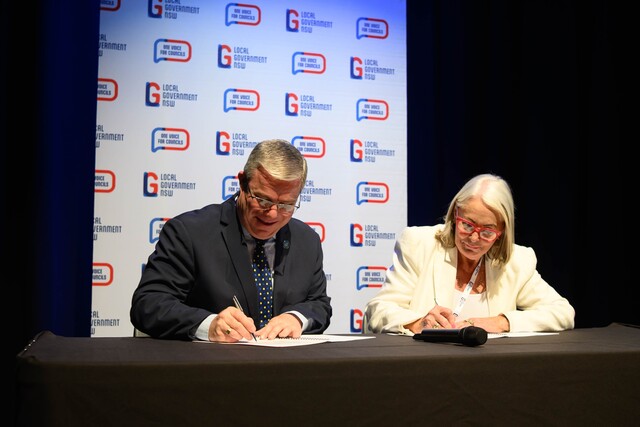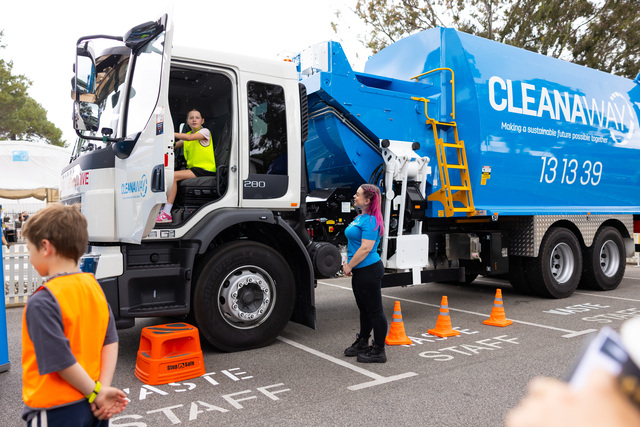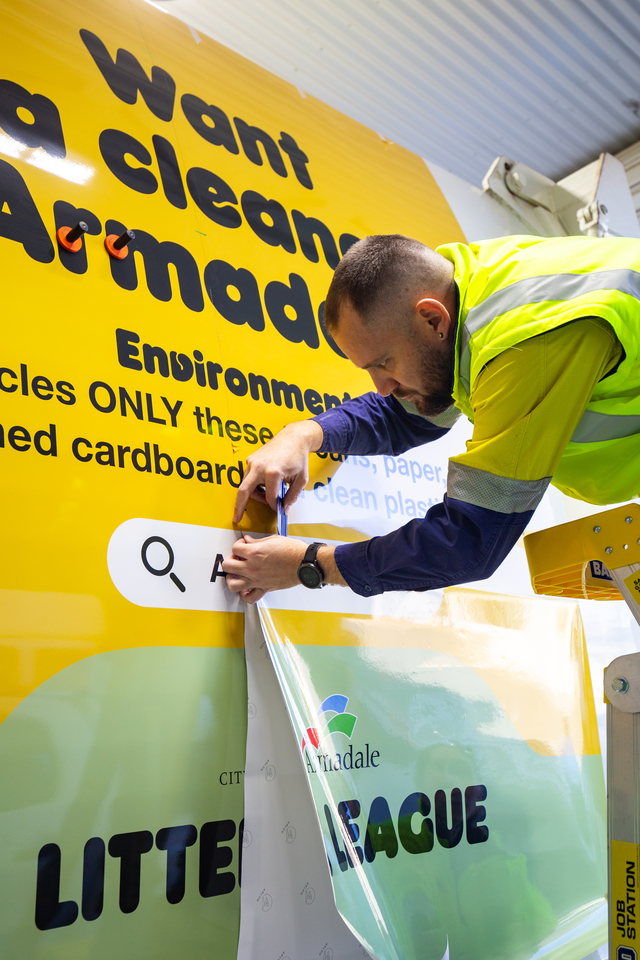West Tamar Council Mayor Christina Holmdahl answers the LG Focus questions this time around.
Tell us about your area: what makes your council special or different?
The West Tamar municipal area includes the western side of the Kanamaluka/Tamar River estuary from the suburban areas of Trevallyn, Riverside and Legana extending north to Greens Beach on Bass Strait and as far west as Frankford. West Tamar Council was inaugurated on the 2 April 1993 and operates within 709 square kilometres of land including 472 kilometres of road network.
The major industries are tourism, retailing, agriculture, fishing, world class vineyards and first class maritime education facilities. The valley has various natural attractions including the Narawntapu National Park, Notley Fern Gorge, Tamar Island Wetlands and the Kanamaluka/Tamar River estuary. The valley has an abundance of historical attractions and points of interest that account for the foundation of Tasmania, in particular the York Town settlement site and the Beaconsfield Mine and Heritage Centre.
The Kanamaluka/Tamar River estuary and its tributaries are home to an abundance of bird life and combined with its beautiful landscape the West Tamar is a peaceful and idyllic residential and rural setting.
How long have you been on council and why did you become involved in local government?
I have been representing my municipality for fourteen years, as a Councillor for four years, Deputy Mayor for two years and Mayor for eight years and counting. Along with my duties as Councillor and Mayor of the West Tamar Municipality, I served two terms as a member of the General Management Committee of the Local Government Association of Tasmania, and was elected President in July 2019 and re-elected in 2021. I have also served for four years as a director of the Australian Local Government Board and am a past Vice President. My tenure as President of LGAT ends in June 2023. I became involved in local government after lobbying the state government as a private citizen, for upgrades to the West Tamar Highway as chair of the West Tamar Highway Safety Committee for many years.
What activities do enjoy outside of work hours?
I am particularly interested in the arts, am a self-confessed opera tragic, I garden when time permits and find reading the ultimate relaxation.
What are the key challenges facing you and your Council?
The Tasmanian Government is currently undertaking a Future of Local Government Review which is due to hand down its findings in September 2023. The Stage Two Report indicates broad amalgamation of councils reducing the number of councils in Tasmania. This creates great uncertainty for all Tasmanian councils and provides challenges moving forward.
What innovative projects or policies is council working on?
The West Tamar Council has received Federal funding for upgrades to the Beauty Point and Gravelly Beach Foreshores which were defined in our Master Plans for each area. With these two major projects we are working in conjunction with local communities to improve their connection with the Kanamaluka/Tamar River estuary.
We also have one of the fastest growing suburbs in the state in Legana, which is 15 minutes north of Launceston. We have undertaken strategic planning for the area which started with a new main street and we continue with a new primary school for the area. This project is currently under construction and will soon be taking enrolments for the beginning 2025 school year. The Legana Industrial Estate is also expanding to include a food innovation hub led by FermenTasmania.
Tell us about a specific success you have had in local government.
I feel that all the good things that happen in our municipality are a team effort. I may come to the table with an idea or project, but it’s through the support of my Councillor colleagues that brings it to fruition. Whether it’s taking the opportunity to bring a new food technology industry into our area or lobbying for funding for an issue I’m passionate about, like a new primary school in Legana, it’s our teamwork that provides these benefits to our ratepayers.
What is the best part about being a councillor?
Working hard to make the community that I live in and love a better place.
What is the worst part?
A farmer phoning at 6am on a Sunday morning wanting to know when his verges are going to be slashed!
What do you hope to accomplish in the future?
I will work hard to see all of the projects that my colleagues, both councillors and council officers, have promised come to fruition for our community.








